Corting dishwasher error codes
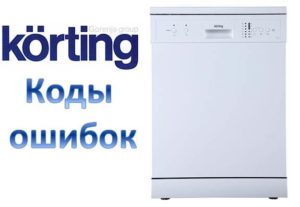 German dishwashers made in China are found in many Russian homes. Some people really like them, while others regretted choosing this particular technique. Among the complaints, opponents of Corting machines include an incomprehensible self-diagnosis system that can identify too few defects. Is this a fair judgment? We decided to find out by identifying and deciphering in detail the errors of the Corting dishwasher. This is what came out of it.
German dishwashers made in China are found in many Russian homes. Some people really like them, while others regretted choosing this particular technique. Among the complaints, opponents of Corting machines include an incomprehensible self-diagnosis system that can identify too few defects. Is this a fair judgment? We decided to find out by identifying and deciphering in detail the errors of the Corting dishwasher. This is what came out of it.
List and decoding of codes
Before we begin the story, I would like to warn you in advance that this time we decided to deviate a little from the usual work plan. This time we will first list and briefly decipher all the errors of Korting dishwashers, and only then move on to a detailed description of each code and the malfunctions that generated this code. So, let's begin.
- E1 - water either does not leak into the dishwasher at all, or leaks too slowly, which is detected by the control module.
- E2 – water is not removed from the dishwasher system.
- E4 – water from the dishwasher system has entered the tray.
- E8 – the level sensor incorrectly records readings and transmits them to the control module.
There are really very few codes, at least when compared with most dishwasher models that are sold on the Russian market.
Causes
When error E1 appears, you need to keep in mind two main groups of reasons: the first group is the reasons preventing the flow of water into the dishwasher and the second group is the complete absence of water or low water pressure. The check always starts with the second group of reasons, since they happen much more often.What to do? You need to open the tap in the kitchen or bathroom and check how the water flows. If there is no water, or it flows in too small a stream, then the dishwasher will not work.
In small villages, frequent water outages or pressure drops in the water supply are common. If nothing is done, the automatic washing machine or dishwasher will not work. To increase the pressure in the water supply, craftsmen install special pumps, which, by the way, are commercially available. By installing such a pump, you will forget about error E1 for a long time, unless, of course, the water is turned off completely.
Let's move on to the first group of reasons that create an obstacle to the flow of water into the machine. First of all, these are blockages. You need to turn off the water to the dishwasher, unscrew the inlet hose and find a mesh filter at its base. Often this filter becomes clogged and does not allow water to pass into the machine, so it must be cleaned at least once every 6 months.
You also need to check the intake valve to see if it opens completely. It happens that the valve begins to jam and does not open completely. In this case, repair does not make sense; the part must be changed. How to do it?
- Unscrew the screws of the side wall and remove it.
- We get to the intake valve and remove the chip with wires from it.
- Remove the valve mount.
- We remove the old valve and check it with an ohmmeter
- We put a new one in place of the old valve, connect the chip with wires and assemble the dishwasher.
The cause of error E1 may be the wiring connecting the control module to the inlet valve and the control module itself. The wiring can be easily checked with a multimeter, but it is better to have the control module tested by a technician.
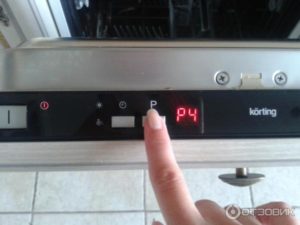 The appearance of code E2 is due to the inability to remove the waste mixture of dirty water and detergent. What does this come from? In about half of the cases, the culprit is dirt that has clogged up in a plug in some area: in a pipe, in a pump, in a drain hose, in a siphon, in a sewer pipe. It needs to be removed from there, and then everything will be fine. In the second half of cases, spare parts such as pressure switch and pump are to blame. It is necessary to check these parts with a multimeter, find the fault and replace the burnt module.
The appearance of code E2 is due to the inability to remove the waste mixture of dirty water and detergent. What does this come from? In about half of the cases, the culprit is dirt that has clogged up in a plug in some area: in a pipe, in a pump, in a drain hose, in a siphon, in a sewer pipe. It needs to be removed from there, and then everything will be fine. In the second half of cases, spare parts such as pressure switch and pump are to blame. It is necessary to check these parts with a multimeter, find the fault and replace the burnt module.
If a water leak occurs, the machine displays error E4. The dishwasher body is designed so that the leaking water ends up in the tray. There is also a sensor with a float, which, when water gets in, is triggered and turns off the equipment. In this case, the control board reacts by displaying code E4. You can fix this problem like this:
- we check the pan, if there is water there, you need to turn off the machine and tilt it on the right side in order to drain everything that has accumulated there;
- Next, you need to check all the pipes and the bottom of the washing chamber for damage;
- Having found damage, it must be eliminated, and then lower the float of the leakage sensor;
- Next you need to assemble the machine and run a test dishwasher.
When faced with error E8, you should try to remove and check the water level sensor. Particular attention should be paid to the sensor tube. This tube has a thin hose attached to it, which should be removed and checked for blockages. The tube itself will also be checked for blockages. It is necessary to check whether the level sensor is securely fastened and whether the wires that connect it are not broken. After this, the wiring and sensor are checked with a multimeter and a final diagnosis is made - either we look further, or we change the pressure switch. Read more about replacing the pressure switch in a dishwasher, you can read in the article of the same name.
In slightly more rare cases, the E8 error is triggered by the control module. “Glitched” firmware can generally display any error code, so you need to transfer the “capricious” part to a specialist who will competently test it.
Troubleshooting technique
We have just described the errors of the Corting dishwasher and deciphered them. One really gets the impression that the self-diagnosis system is limited. To be honest, it doesn’t even cover 25% of all possible dishwasher malfunctions, and what should you do if something breaks in the Corting machine that is not indicated by an error code? The answer is simple, you need to watch and listen to how the machine works and trust common sense.
Suppose the thermistor or heating element is broken. There is no error code for these breakdowns in the Corting self-diagnosis system, which means the machine will continue to work no matter what. Pay attention to the quality of dishwashing and what kind of water it is washed with. Surely you will understand that washing is carried out in cold water, but after that you can take measures to check the heating element and thermistor.
If, for example, water has accumulated in the washing chamber of the machine and does not flow into the system, the Korting dishwasher may stop working, but not display any error. How to fix this? You need to turn off the machine, drain the water, and then unscrew and clean the garbage filter. It is the blockage in this filter that prevents water from circulating normally.
In general, we will not list all possible defects of the Corting dishwasher; this is the topic of a separate publication. Our main task is to show that even without a self-diagnosis system, defects in a dishwasher can be recognized, but if the system helps us, then this is only a plus.
Interesting:
2 reader comments

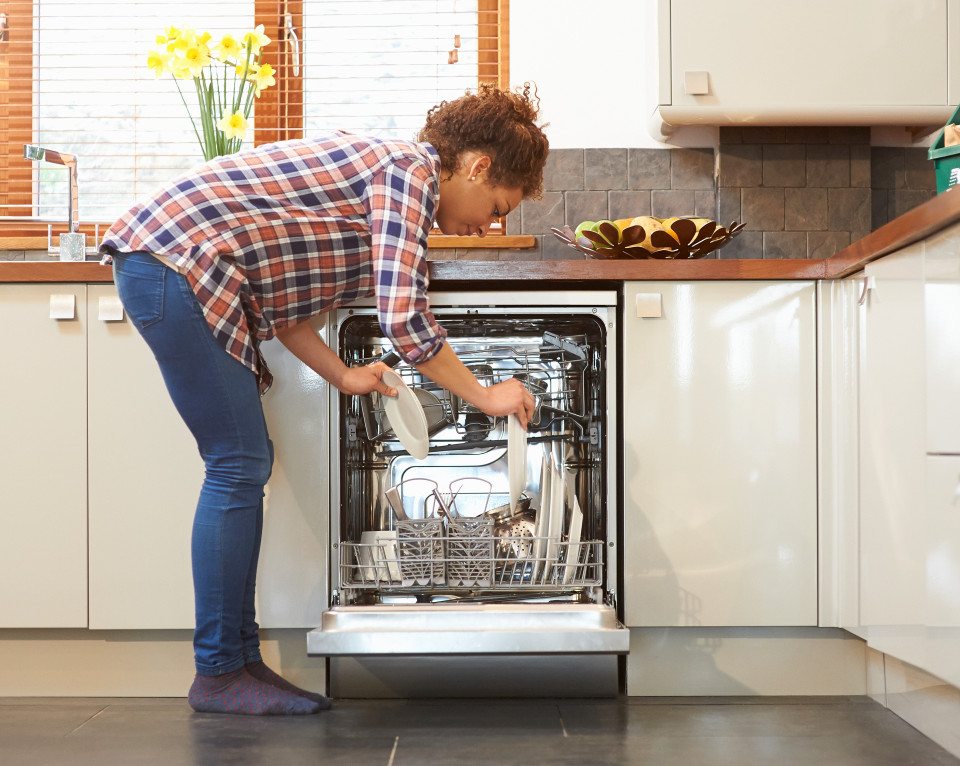

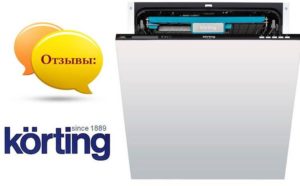
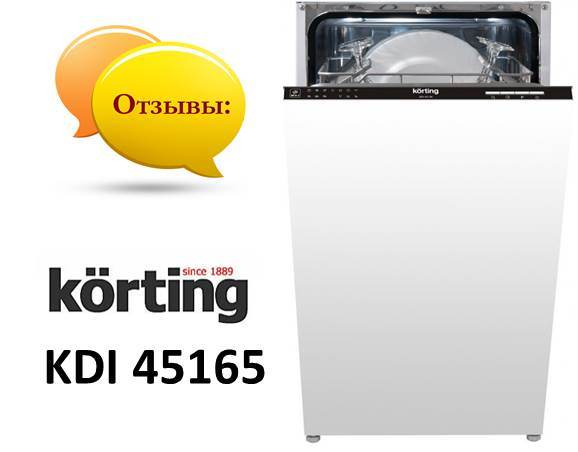
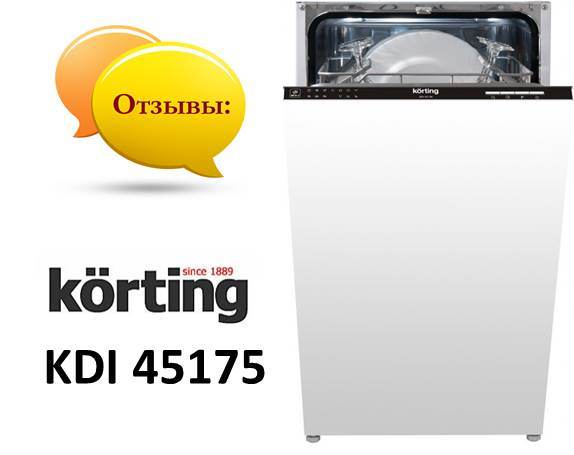
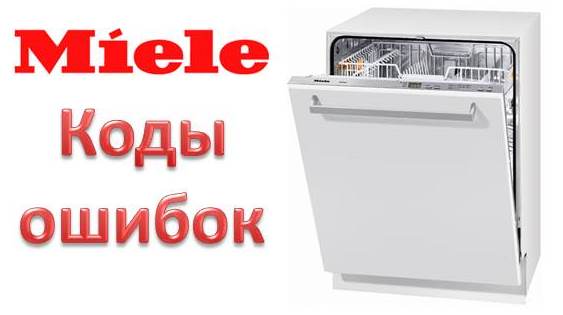














The topmost rocker, above the spoons, flew off. I can't put it back myself. Help! What to do? Thank you :)
The machine took a long time to wash. What could be the problem? Thank you